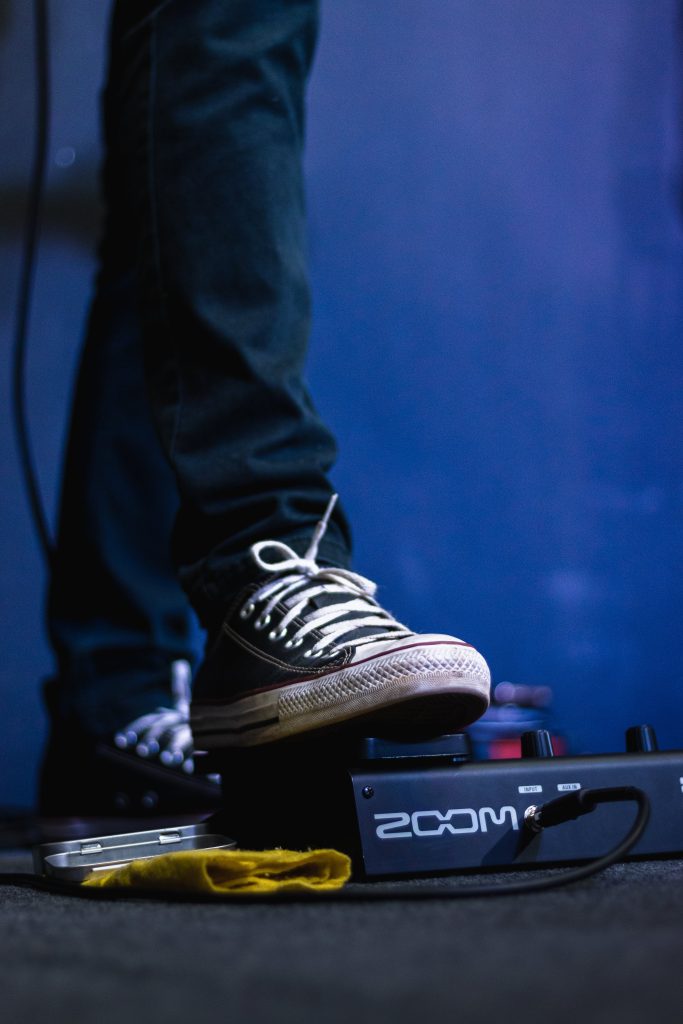
The world of effects pedals has long been synonymous with electric guitars and basses, but there’s a growing trend among wind instrumentalists to incorporate these devices into their setups. Whether you’re a saxophonist, flutist, trumpeter, or clarinetist, the possibilities are endless when it comes to shaping and expanding your sonic palette. In this article, we’ll delve into the exciting realm of using effects pedals with wind instruments, exploring the decisions that need to be made along the way.
Choosing the Right Pedals:
The first and perhaps most crucial decision is selecting the right effects pedals for your wind instrument. Consider starting with foundational pedals like reverb and delay to add depth and spaciousness to your sound. As you become more comfortable, you can experiment with modulation effects such as chorus or phaser, and even venture into more experimental territory with pitch-shifters or loopers.
Compatibility and Signal Chain:
Understanding the signal chain is paramount when incorporating effects pedals. In a typical setup, the wind instrument connects to the effects pedal, which then links to an amplifier or a mixer. You’ll need to decide if you will be using a dynamic or condenser microphone. With a condenser mic you will need to have a preamplifier to supply it with 48V phantom power. You’ll likely then have a line level output. You can use Voice processing pedals, like the ones from TC Helicon to work at line level through your entire chain. This may limit your choice of pedals. If you want to work with standard guitar pedals you may not have a signal that is as clean, but you will have endless combinations of pedals to choose from.
I’d also recommend testing the range and dynamics of the pedals you choose, depending on your instrument. Pedals designed for vocals can sometime do funny things when you try to scream on the trumpet, for example.
Experiment with the order of your pedals to find the arrangement that complements your sound. For instance, placing a reverb pedal before a distortion pedal can yield vastly different results compared to the reverse order. Pitch correction or harmonizing pedals should be placed in front of reverb or other compression and dynamic pedals. Basically, deal with the frequency changing pedals before the amplitude changing pedals. But who knows, maybe you’ll find an interesting combination of your own. It’s all about creating your unique sound.
Power Supply Considerations:
Many effects pedals require a power source, so it’s essential to plan for this in your setup. Some pedals operate on batteries, while others require a dedicated power supply. Investing in a reliable power source ensures consistency during performances and avoids the frustration of dealing with dead batteries mid-show.
Expression Pedals for Dynamic Control:
Expression pedals can be a game-changer for wind instrumentalists. These pedals allow you to control parameters like volume, pitch, or modulation in real-time, adding an extra layer of expressiveness to your playing. Experiment with incorporating an expression pedal into your setup to unlock new dimensions of control and creativity.
Learning Curve and Practice:
Incorporating effects pedals into your playing requires practice and a willingness to explore. Start by experimenting in a controlled environment, gradually introducing new effects and techniques into your repertoire. Patience is key as you navigate the learning curve, and don’t be afraid to seek guidance from fellow musicians or online communities specializing in effects pedal use with wind instruments.
Integrating effects pedals into your wind instrument setup opens up a world of sonic possibilities. The journey involves making thoughtful decisions about pedal selection, signal chain configuration, power supply, and amplification. Embrace the learning process, experiment with different effects, and let your creativity soar as you discover new ways to express yourself through the marriage of wind instruments and effects pedals.

